The ingredients on a packaged product should be able to grow in a garden. If they are not, skip it, and look for an alternative.
The naked motto is, know the food you eat, and eat the food you know. This is, unfortunately, a partial list of dangerous poisons found in our food:
Meet Petroleum.
It is used in artificial food dyes found in most packaged foods, such as fruit cocktail, maraschino cherries, cherry pie, cake mix, ice cream, candy, bakery products, American cheese, macaroni and cheese, cereals, sports drinks, and children’s medications. Avoid products containing Red #40, Blue #1, Blue #2, Citrus red #1, Green #3, Yellow #5, Yellow #6, Red #2, Red #3 (Caramel coloring), Brown HT, Orange B, Bixin, Norbixin, and Annatto.
The danger: Banned in Norway, Finland, Austria, France, and the United Kingdom, these artificial dyes have been linked to brain, bladder, kidney and thyroid cancer, nerve-cell deterioration, chromosome, nerve and cell damage, asthma, and hyperactivity.
Meet Aluminum.
It is found in foods such as processed cheeses, table salt, baking powders, pickles, bleached flour, prepared dough, cake mixes, non-dairy creamers, vanilla powders and extracts, and some donuts and waffles. Milk formulas for babies can contain up to four hundred times more aluminum than breast milk. Other products that contain aluminum include Aluminum cookware, teapots, and utensils, medications, toothpastes, nasal sprays, anti-antiperspirants, dental amalgams, cigarette filters and pesticides.
The danger: Aluminum, like every other heavy metal, affects the brain cells and leads to senile dementia, Alzheimer’s disease, memory loss, and cell damage.
Meet flame retardant.
Commonly used in the foam insulation of building walls, bromenated vegetable oil (BVO), and hexabromocyclododecane (HBCD) are also used in popular sports drinks, soda, peanut butter and cold cuts, as well as turkey, fish, beef, and other fatty foods.
The danger: It’s flame retardant! Banned in over 100 countries but not in the US, BVO is linked to major organ system damage, birth defects, growth problems, schizophrenia, and hearing loss.
Meet Sodium Benzoate And Potassium Benzoate.
These preservatives are added to soda to prevent mold from growing.
The danger: Benzene is a known carcinogen that is also linked with serious thyroid damage. Dangerous levels of benzene can build up when plastic bottles of soda are exposed to heat or when the preservatives are combined with ascorbic acid (vitamin C).
Meet Carbon Monoxide.
Most meat eaters may be unaware that more than 70% of all beef, poultry, and fish in the United States, Canada, and other countries, are being treated with poisonous carbon monoxide gas. It can make seriously decayed animal foods look fresh for weeks. The meat industry continues to allow this toxic gas to be injected into many of the meat products people consume on a daily basis.
The danger: It is known to cause brain damage, heart problems, major organ dysfunction, memory or cognitive problems, behavioral and personality changes and a range of other permanent problems.
Meet Sodium Nitrate/Sodium Nitrite.
They are contained in hotdogs, bacon, ham, luncheon meat, cured meats, corned beef, smoked fish, or any other type of processed meat.
The danger: Sodium Nitrate is the chemical that turns meats bright red but it is highly carcinogenic once it enters the human digestive system. There, it forms into a variety of nitrosamine compounds that enter the bloodstream and wreak havoc with a number of internal organs such as the liver and pancreas, in particular. This toxic chemical is linked to many cancers.
Meet Potassium Bromate.
It is commonly used to increase the volume in bread and bread-rolls.
The danger: Potassium bromate is known to cause cancer in animals. Even small amounts in bread can create problems for humans.
Meet Titanium Dioxide.
This inorganic compound is a mined substance that is sometimes contaminated with toxic lead and it’s commonly used in paints, sunscreen, makeup, vitamins, supplements, and foods such as salad dressings, coffee creamers, and icing to make dingy, overly processed items appear whiter.
The danger: It is linked to cancer and organ system toxicity.
Reacquaint yourself with Aspartame
It’s not only used in sugar-free sodas and “diet’ products. Aspartame, another of the Monsanto line of products, is also found in jello, desserts, sugar free gum, drink mixes, table top sweeteners, cereal, breath mints, puddings, kool-aid, ice tea, chewable vitamins, toothpaste, and even cough syrup.
The danger: Aspartame is a neurotoxin and carcinogen. Known to erode intelligence and affect short- term memory, the components of this toxic sweetener may lead to a wide variety of ailments including brain tumor, diseases like lymphoma, diabetes, multiple sclerosis, Parkinson’s, Alzheimer’s, fibromyalgia, chronic fatigue, depression and anxiety attacks, dizziness, headaches, nausea, mental confusion and seizures.
Meet Casein
It is a protein found in mammalian milk, making up 80% of the proteins of cow milk. Commonly used in paint, glue, protein supplements, plastics, fabrics, and dairy products.
The danger: Casein is probably one of the major offenders to human health as it has been linked to cancer expression, development and progression. Touted as a healthy food for bones in milk and dairy products, casein also disrupts the body’s PH and increases the risk of osteoporosis.
Meet Bisphenol-A (BPA)
BPA is found in the metal lining of most canned foods as well as plastic products for kitchen and household use. These include plastic bottles, Tupperware, plastic utensils, steamers, packaging, food processors, blenders, cookware, and others.
The danger: BPA is a chemical that acts as an estrogen and disrupts hormonal activity in the body. Studies show that BPA may be linked to heart disease, intestinal damage, and infertility and other reproductive issues. According to the Centers for Disease Control and Prevention, there is widespread exposure to BPA in the United States. Though all canned foods are of concern, tomatoes are particularly dangerous because their high acidity causes BPA to leach into them. University of Missouri endocrinologist Frederick vom Saal, Ph.D., notes that you can get 50 mcg of BPA per liter out of a tomato can, and that’s a high enough level to impact people, particularly children.
Keep in mind that phrases such as “all natural,” “gluten free,” “vegan,” or even “organic,” does not mean that the product is free of chemicals, additives, colorants, preservatives oils, fats, sugar, sweeteners, salt, processed flours, and other products. Read the ingredient list in every packaged product, and if possible, minimize or avoid their consumption.


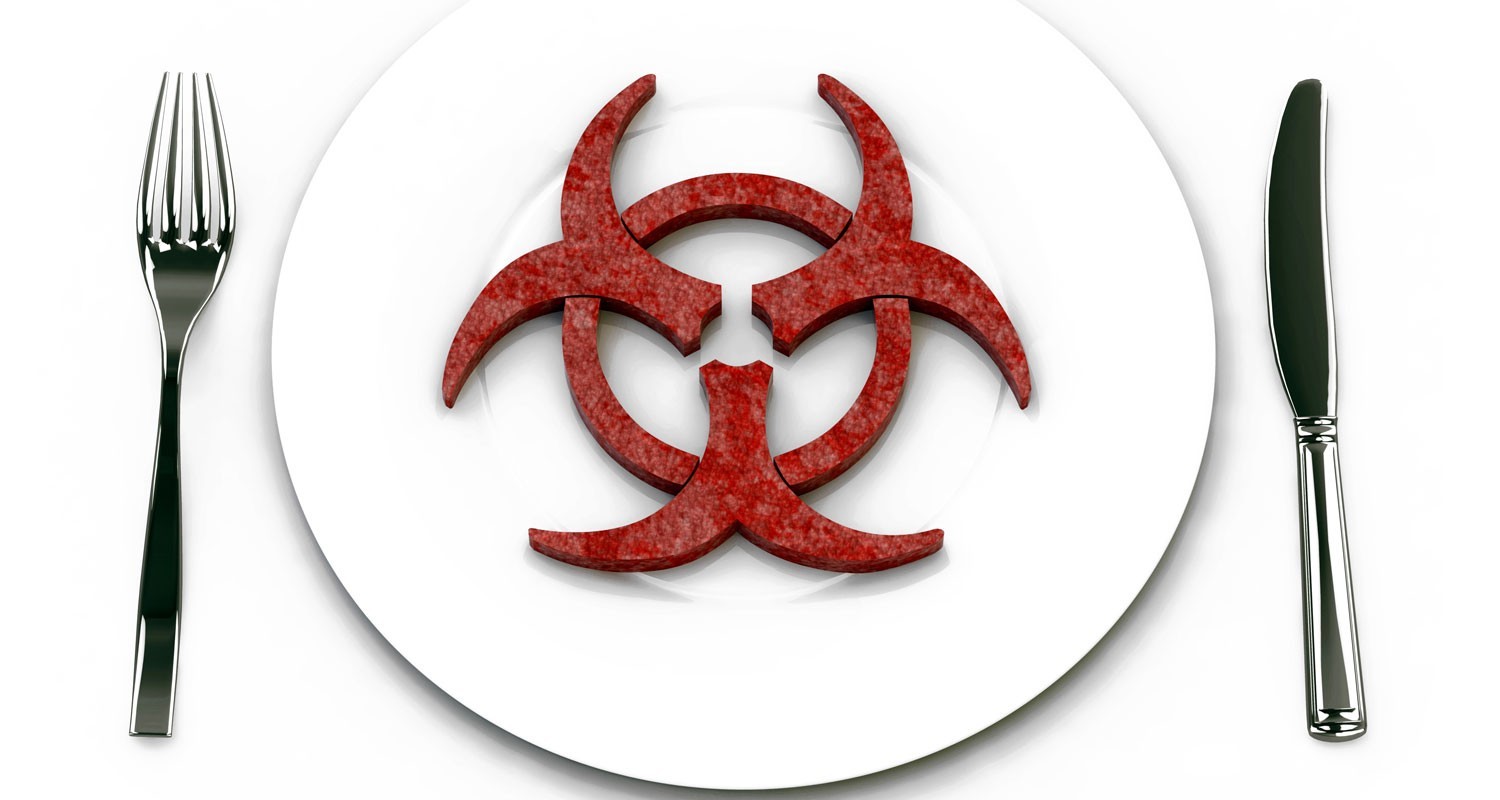

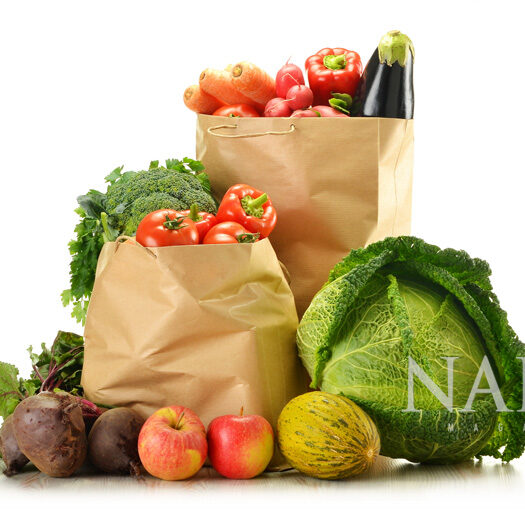

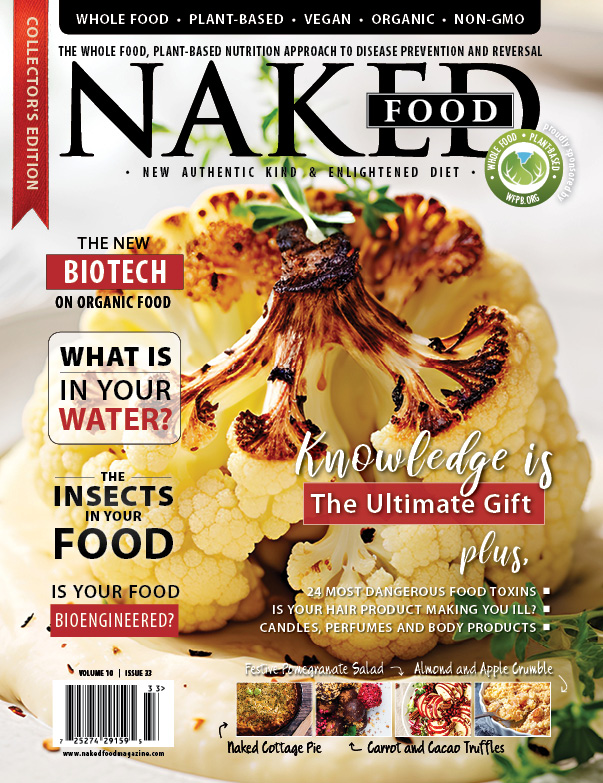

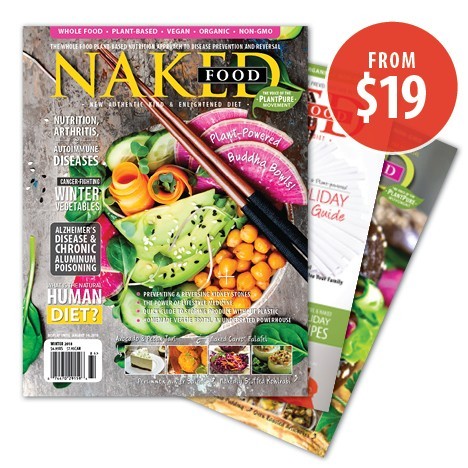











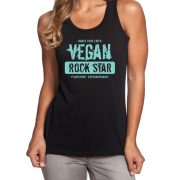
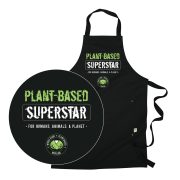
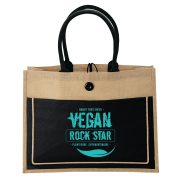

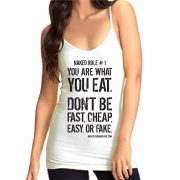
September 11, 2019
What would be a 3 meal sample for a typical day that you would recommend? It sounds like only fruits and vegetables, and only when you grow them yourself?
September 11, 2019
Hi Becky! We recommend you download the Universal Guideline for Human and Planetary Health, (https://wfpb.org/guideline/) which will answer any and all of your questions about building up a perfect meal and other aspects of health that need to be considered.
January 29, 2019
Thank You For The Great info Margarita its Pretty Scary What This Companys Put in Our Food…i Always Read Labels and Just Went 100% WFPB About 3 Months Ago….Feel Great and My Gym Workouts are Better Than Ever.
January 29, 2019
Welcome to the family, Carlos! Congratulations on your journey to the WFPB lifestyle. :) Yes, it’s absolutely scary. Even with some of the “healthier” stuff, they still manage to add poisons. We have created a Certification Seal so we don’t have to become ninja label readers and we can choose 100% WFPB products and services whenever that seal is there. Very handy. Thank you for commenting <3